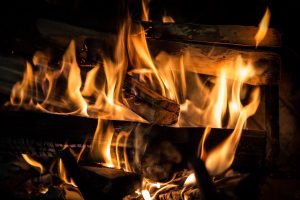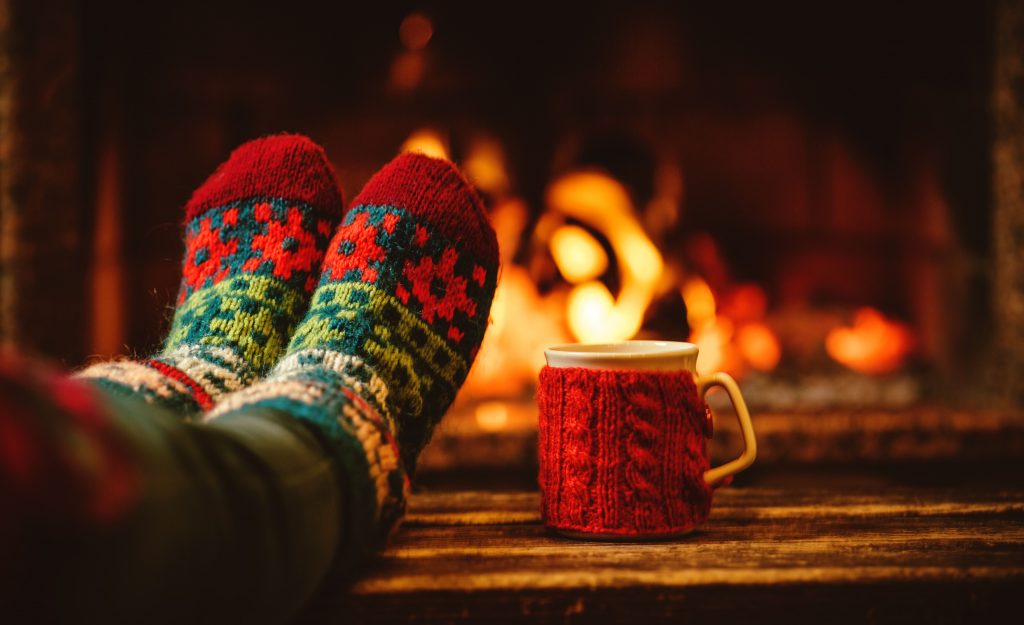Burning firewood as your heat source? The United Way warns against burning green/unseasoned wood.
If you are burning firewood to heat your home or cottage, we advise you not to burn green wood (wood that has not been thoroughly dried) as there are significant dangers.

When, unseasoned wood is burned, the water vapour within the wood mixes with other gases and particles which then rises up the chimney. Unless the chimney is kept warm and the fire hot, creosote may form (creosote is a highly flammable, sometimes explosive substance which, if it ignites in the chimney pipe, will burn so hot the fire can crack a chimney or simply ignite the wood/roof around the pipe). The creosote can harden into a tar substance (this substance can seep into brick work if the chimney is unlined and a chimney fire is a real risk if excessive tar is allowed to build up. If you have a metal liner in your chimney, the excessive condensation can also cause corrosion which can cause liner failure.
To insure your safety, there are things that you can do:
1.) Ensure any stoves, inserts, fireplaces, chimneys and flue pipes carry a certification label indicating that it conforms to safety tests. Certified appliances carry a label with the logo of the certification agency. They are your assurance that the product has been tested and conforms to safety standards
2.) Keep your chimney clean. have your chimney swept at least twice per year to insure that it stays clean and the chances of a chimney fire are reduced. Burning dry wood will not stop a chimney from collecting residue. However, it will certainly reduce congestion, which provides a peace of mind between cleaning.
3.) Allow adequate ventilation and ensure existing vents are not covered or blocked. Always ensure that exterior vents are kept clear of snow, vegetation or other materials that may block them.
4.) Ensure doors, gaskets, seals, baffles and flues work as required. If not, be sure to have them repaired right away.
5.) Ensure the ash pan / base is kept clean.
6.) Use well seasoned wood with a moisture content below 25%.
7.) Protect walls and floor from heat and sparks.
8.) Ensure stove pipe connections fit tightly and that all screws are in place. If you see any signs of rust, this could be an indication that the pipe may need to be replaced.
9.) When using any fuel-fired appliance, you will need to have a carbon monoxide detector installed in close proximity to sleeping areas.
10.) Remember to always put safety first. If you have any doubts about your fireplace or wood stove, it is best to have it checked by a professional.


